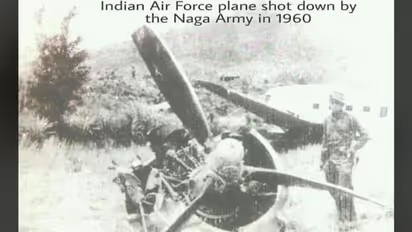From the IAF Vault: Story of the Dakota crew that spent 21 months in captivity
IAF historian Anchit Gupta narrates the story of the crew of a Dakota aircraft of the Indian Air Force that was shot down over Purr village in Nagaland on August 26, 1960.
Stay updated with the Breaking News Today and Latest News from across India and around the world. Get real-time updates, in-depth analysis, and comprehensive coverage of India News, World News, Indian Defence News, Kerala News, and Karnataka News. From politics to current affairs, follow every major story as it unfolds. Download the Asianet News Official App to stay informed anytime, anywhere.
Read more Photos on
